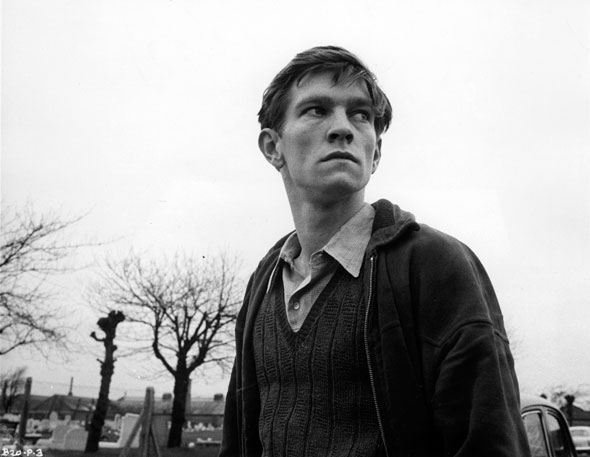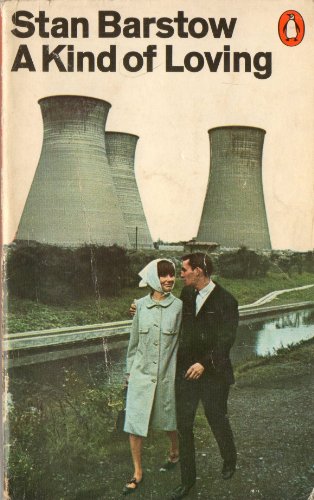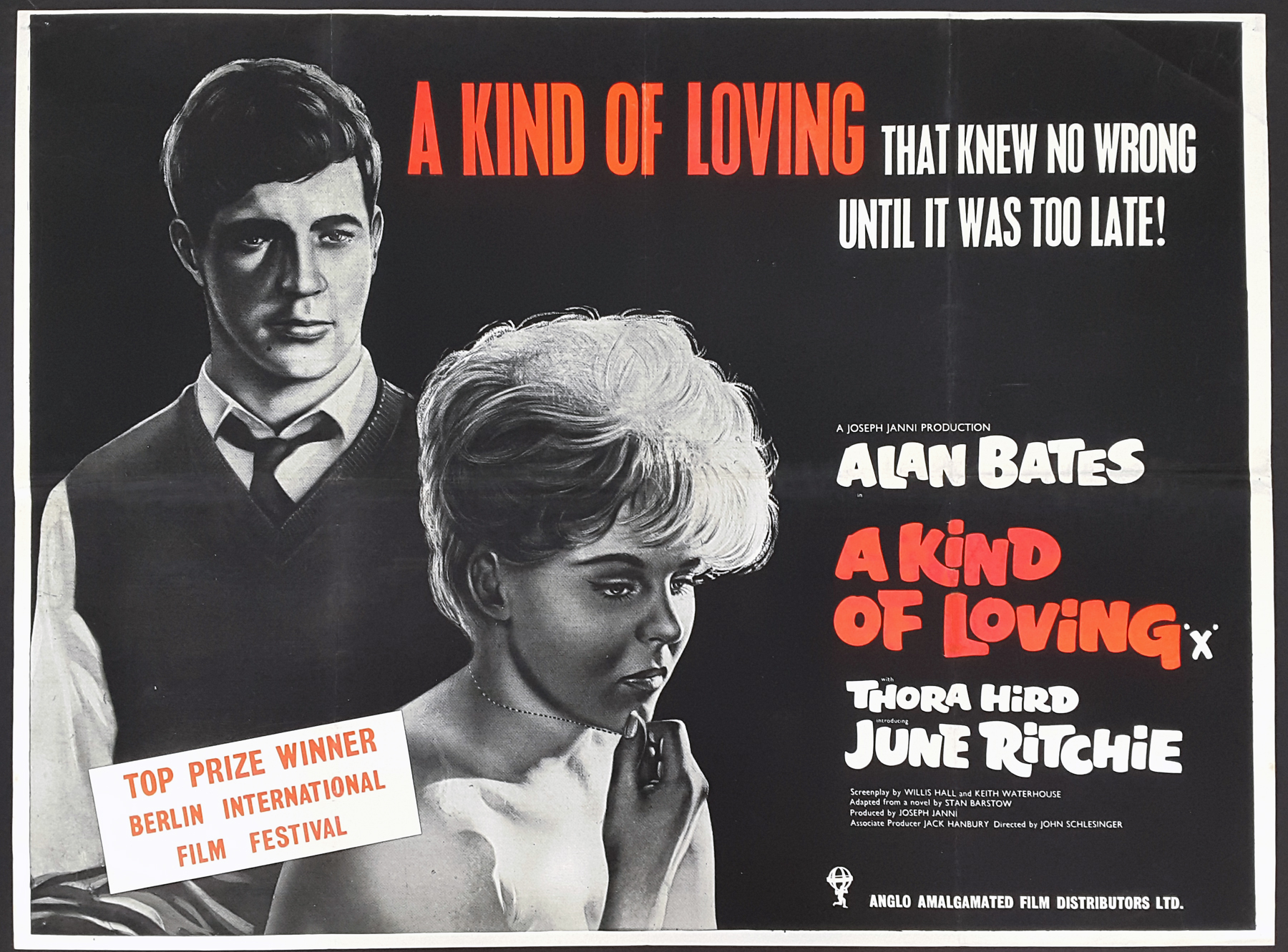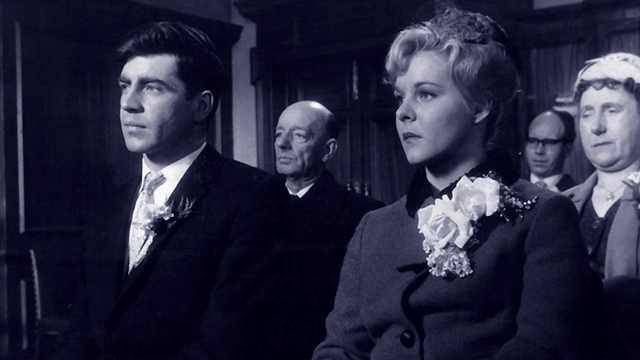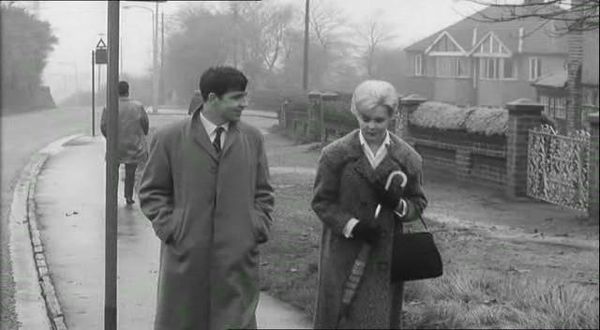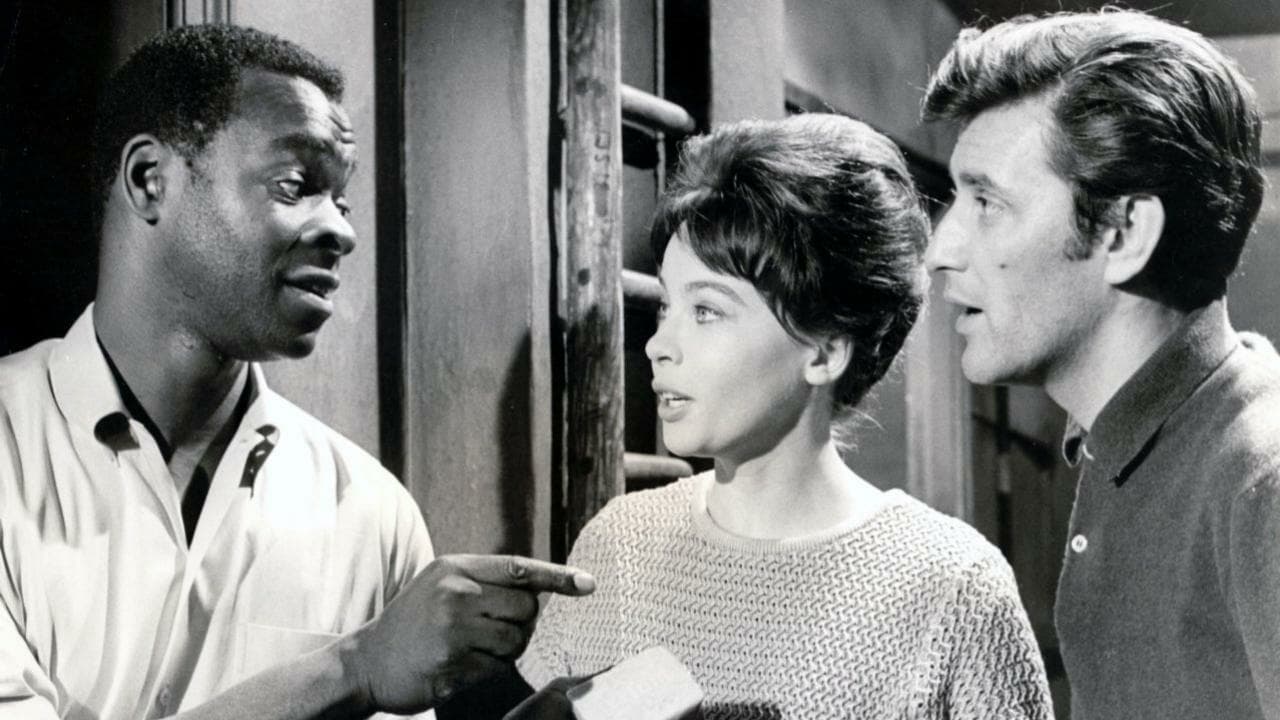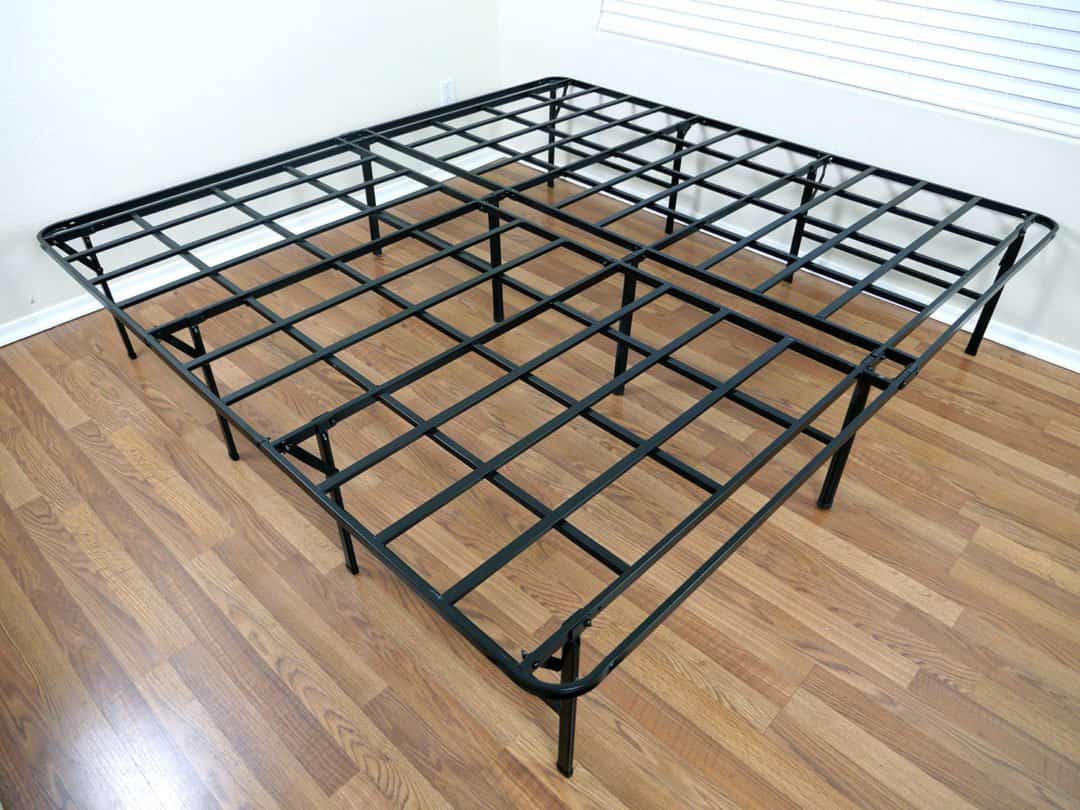Look Back in Anger is a prime example of a kitchen sink drama that shocked audiences when it first premiered in 1956. Written by John Osborne, this play tackled issues of class, marriage, and societal expectations in post-World War II Britain. The main character, Jimmy Porter, is a working-class man who is bitter and resentful towards his upper-class wife and her family. This play is known for its raw and emotional performances, and it is often credited as the first true kitchen sink drama.Look Back in Anger
Another groundbreaking kitchen sink drama is A Taste of Honey by Shelagh Delaney. This play, which premiered in 1958, focuses on the struggles of a young single mother and her daughter living in poverty in Manchester. It tackles themes of race, gender, and social class in a way that was ahead of its time. Delaney's honest portrayal of working-class life and her use of colloquial language made this play a hit with audiences and critics alike.A Taste of Honey
Written by John Osborne, The Entertainer is another kitchen sink drama that deals with issues of family, class, and societal expectations. This play, which premiered in 1957, follows a middle-aged vaudeville performer and his dysfunctional family. The play is a commentary on the decline of the British Empire and the struggles of the working class in post-war Britain. It is known for its powerful performances and its poignant exploration of the human condition.The Entertainer
Saturday Night and Sunday Morning is a novel by Alan Sillitoe that was adapted into a film in 1960. This gritty kitchen sink drama tells the story of Arthur Seaton, a young factory worker who rebels against the monotony of his life. The story is set in Nottingham and explores themes of working-class life, relationships, and social expectations. The film is known for its realistic portrayal of working-class culture and its use of location shooting to capture the gritty reality of life in post-war Britain.Saturday Night and Sunday Morning
This Sporting Life is a novel by David Storey that was adapted into a film in 1963. It follows the story of a young rugby player, Frank Machin, and his struggles with love, ambition, and his own inner demons. The film is a powerful depiction of working-class life in Northern England and the harsh realities faced by those living in poverty. It is known for its honest and gritty portrayal of the struggles of the working class.This Sporting Life
Based on the novel A Kestrel for a Knave by Barry Hines, Kes is a 1969 film that has become a classic in the kitchen sink drama genre. It tells the story of a young boy growing up in a working-class mining town and his relationship with a kestrel that he trains. The film is a poignant exploration of the struggles faced by working-class families and the hope and escape that nature can provide.Kes
Alfie is a 1966 film starring Michael Caine as a charming and promiscuous womanizer living in London. The film is a commentary on the swinging 60s and the changing attitudes towards sex and relationships. It is also a critique of the working-class men who objectify and mistreat women. The film's use of satire and humor makes it a standout in the kitchen sink drama genre.Alfie
Loneliness of the Long Distance Runner is a 1962 film based on the short story by Alan Sillitoe. It follows the story of a young criminal who discovers a talent for long-distance running while in a reform school. The film is a powerful commentary on class and the struggles of the working class to break free from the cycle of poverty and crime. It is known for its powerful performances and its exploration of the complexities of human nature.Loneliness of the Long Distance Runner
A Kind of Loving is a 1962 film based on the novel by Stan Barstow. It tells the story of a young couple, Vic and Ingrid, and their struggles with an unplanned pregnancy and the societal pressures of marriage. The film is a commentary on the changing attitudes towards sex and relationships in the 1960s, and it is known for its honest and realistic portrayal of working-class life.A Kind of Loving
The L-Shaped Room is a 1962 film based on the novel by Lynne Reid Banks. It follows the story of a young, unmarried woman who becomes pregnant and moves into a run-down boarding house. The film explores themes of class, race, and gender in a way that was cutting-edge for its time. It is known for its strong female lead and its unflinching look at the struggles faced by women in a patriarchal society.The L-Shaped Room
The Impact of Kitchen Sink Drama on House Design

Breaking Away from Traditional Designs
 Kitchen sink drama has revolutionized the way we view house design. This genre of theatre focuses on the lives of ordinary people, highlighting their struggles and aspirations. As a result, it has had a significant influence on the way we design our homes. In the past, house designs were often based on grandiose and extravagant styles, reserved for the wealthy elite. However, kitchen sink drama has challenged these traditional designs by showcasing the lives of working-class individuals and the spaces they inhabit. This has led to a shift in the way we perceive and design our homes.
Kitchen sink drama has revolutionized the way we view house design. This genre of theatre focuses on the lives of ordinary people, highlighting their struggles and aspirations. As a result, it has had a significant influence on the way we design our homes. In the past, house designs were often based on grandiose and extravagant styles, reserved for the wealthy elite. However, kitchen sink drama has challenged these traditional designs by showcasing the lives of working-class individuals and the spaces they inhabit. This has led to a shift in the way we perceive and design our homes.
A Focus on Realism
 One of the defining features of kitchen sink drama is its emphasis on realism. This is reflected in the setting and design of the homes featured in these plays. Instead of the grandeur and opulence often seen in traditional designs, kitchen sink dramas portray more modest and realistic homes. This has had a profound impact on the design world, as it has shifted the focus from extravagant and unattainable designs to more practical and relatable ones. As a result, homes are now being designed with functionality and practicality in mind, rather than just aesthetic appeal.
One of the defining features of kitchen sink drama is its emphasis on realism. This is reflected in the setting and design of the homes featured in these plays. Instead of the grandeur and opulence often seen in traditional designs, kitchen sink dramas portray more modest and realistic homes. This has had a profound impact on the design world, as it has shifted the focus from extravagant and unattainable designs to more practical and relatable ones. As a result, homes are now being designed with functionality and practicality in mind, rather than just aesthetic appeal.
Bringing Attention to the Importance of Home
 Kitchen sink drama also highlights the significance of the home as a central aspect of people's lives. These plays often explore the relationships and dynamics within a household, and how the physical space of a home can impact these dynamics. This has led to a greater emphasis on creating homes that are not just visually appealing, but also comfortable and functional for its inhabitants. As a result, there has been a rise in the use of open floor plans, multipurpose spaces, and a focus on creating a sense of coziness and warmth in the home.
Kitchen sink drama has had a profound impact on house design, challenging traditional styles and bringing attention to the importance of creating practical and comfortable living spaces. By highlighting the lives of ordinary people and their homes, this genre of theatre has reshaped the way we think about and design our houses.
Kitchen sink drama also highlights the significance of the home as a central aspect of people's lives. These plays often explore the relationships and dynamics within a household, and how the physical space of a home can impact these dynamics. This has led to a greater emphasis on creating homes that are not just visually appealing, but also comfortable and functional for its inhabitants. As a result, there has been a rise in the use of open floor plans, multipurpose spaces, and a focus on creating a sense of coziness and warmth in the home.
Kitchen sink drama has had a profound impact on house design, challenging traditional styles and bringing attention to the importance of creating practical and comfortable living spaces. By highlighting the lives of ordinary people and their homes, this genre of theatre has reshaped the way we think about and design our houses.




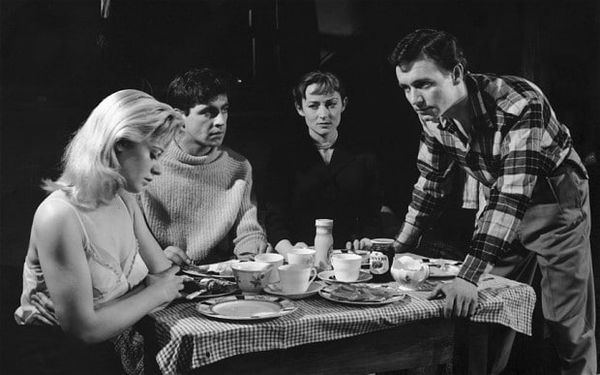




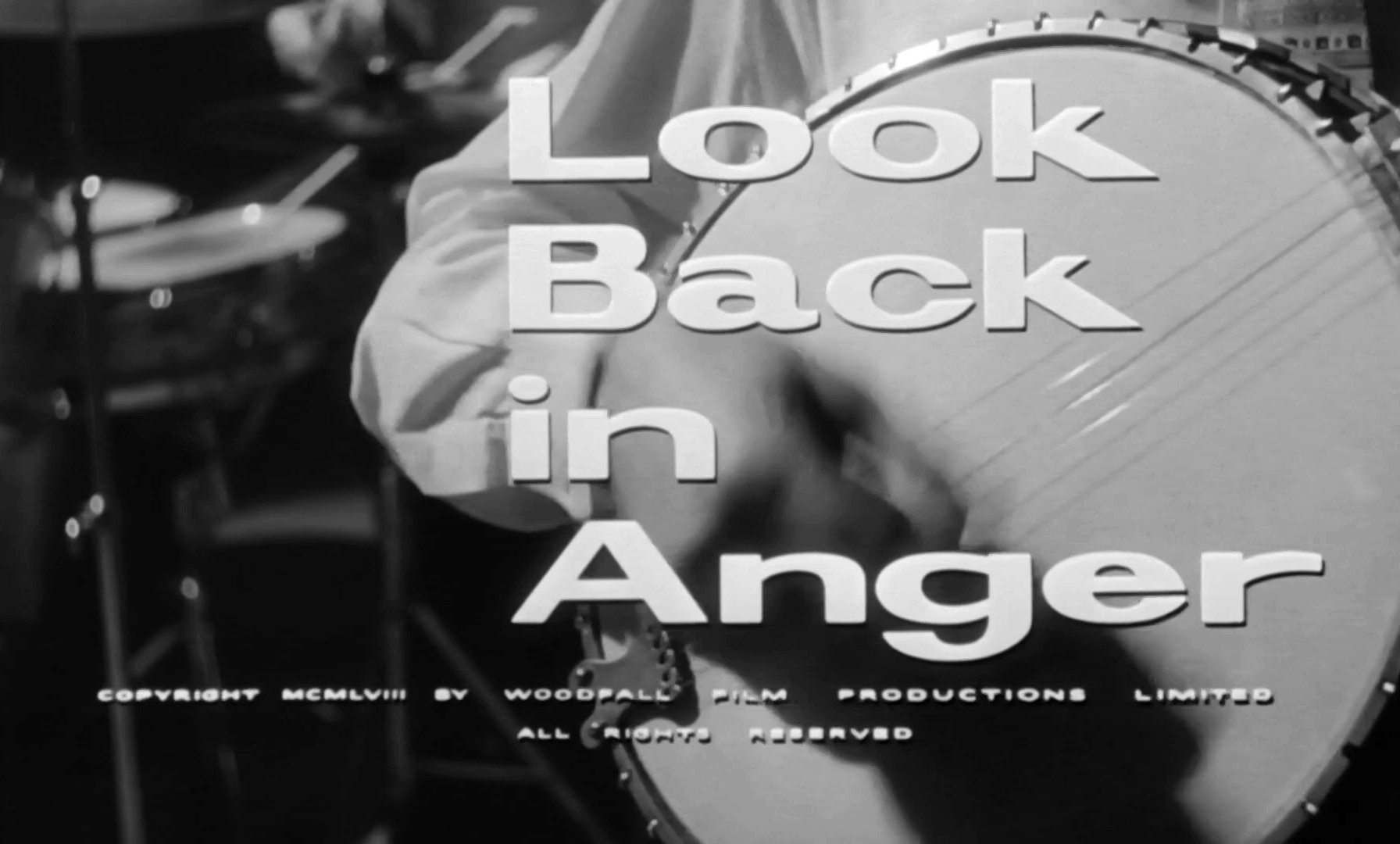







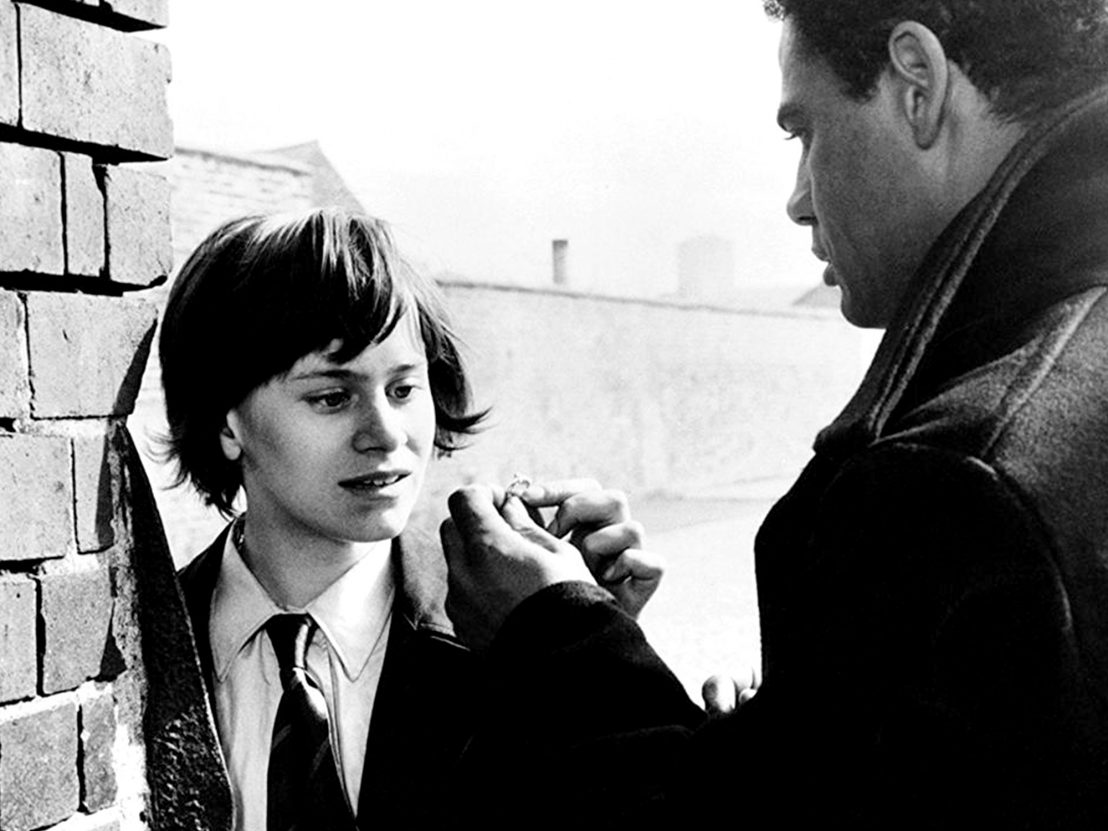


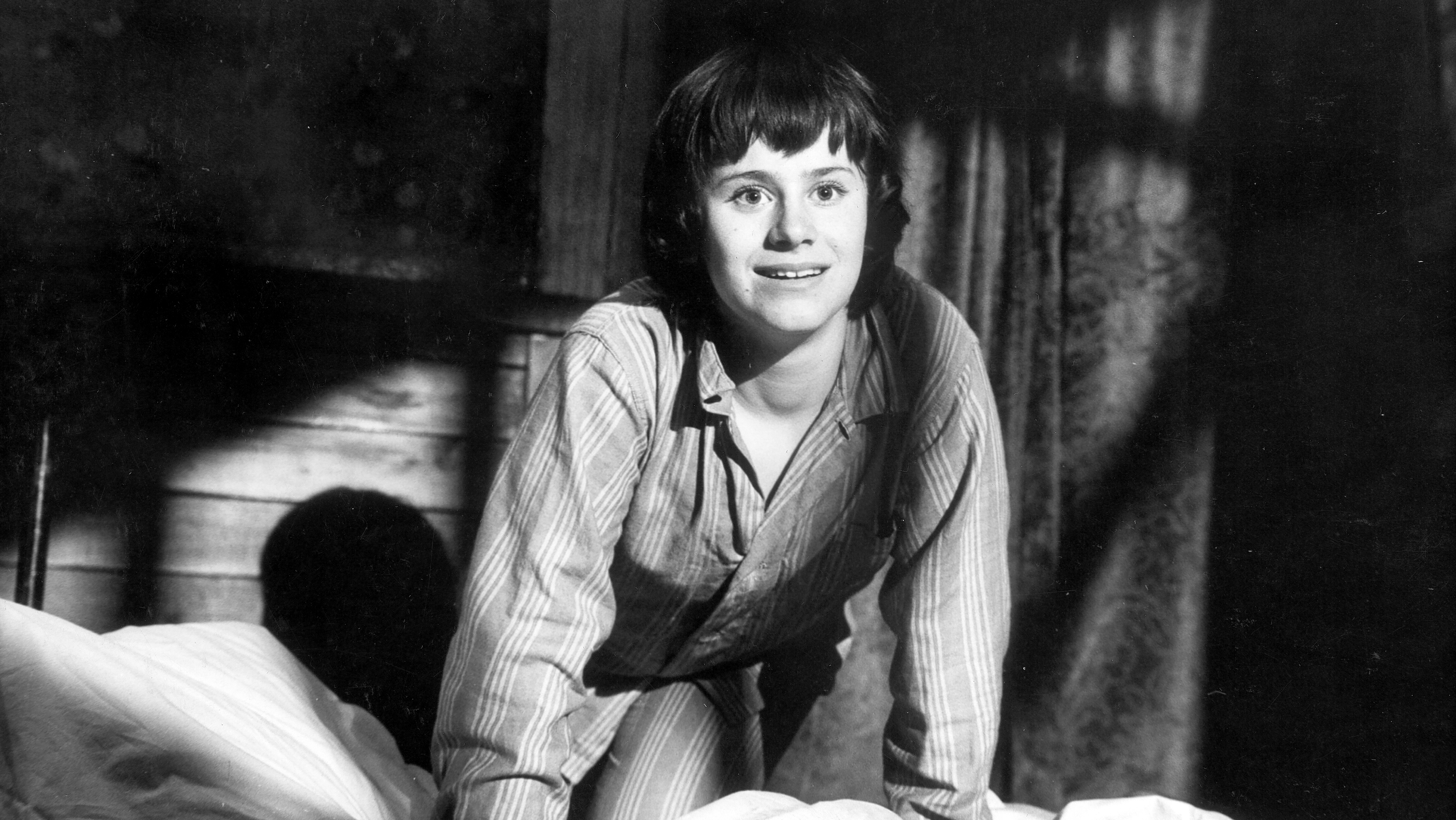




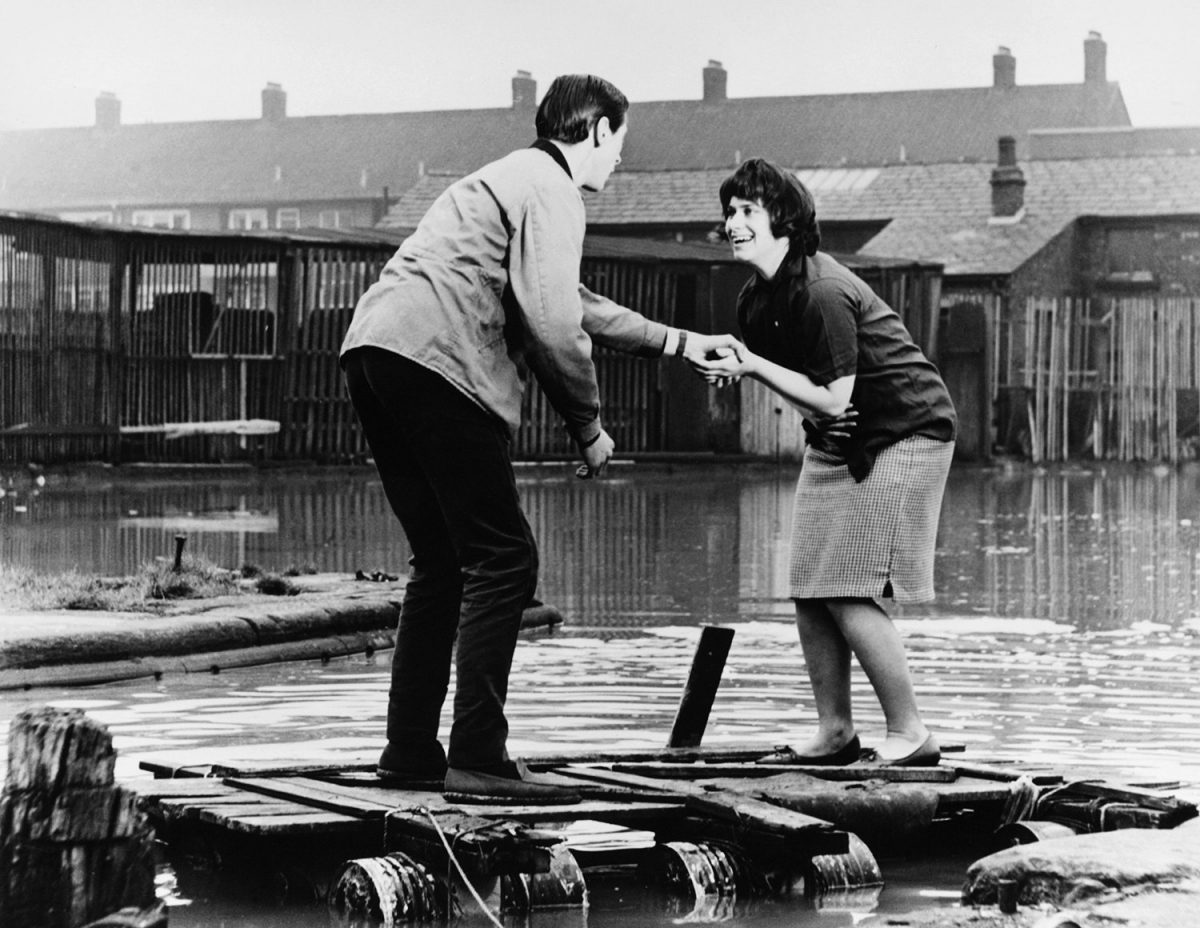












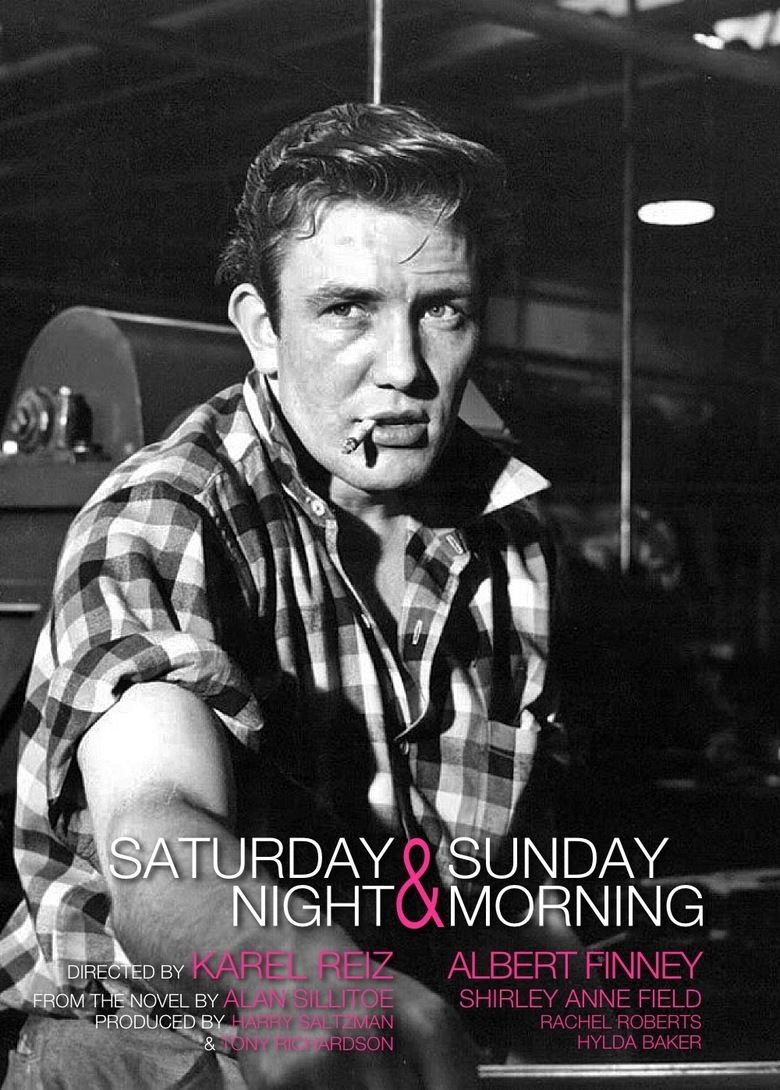



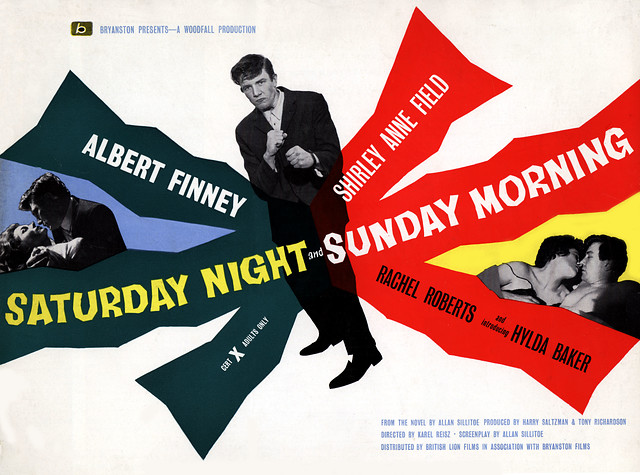
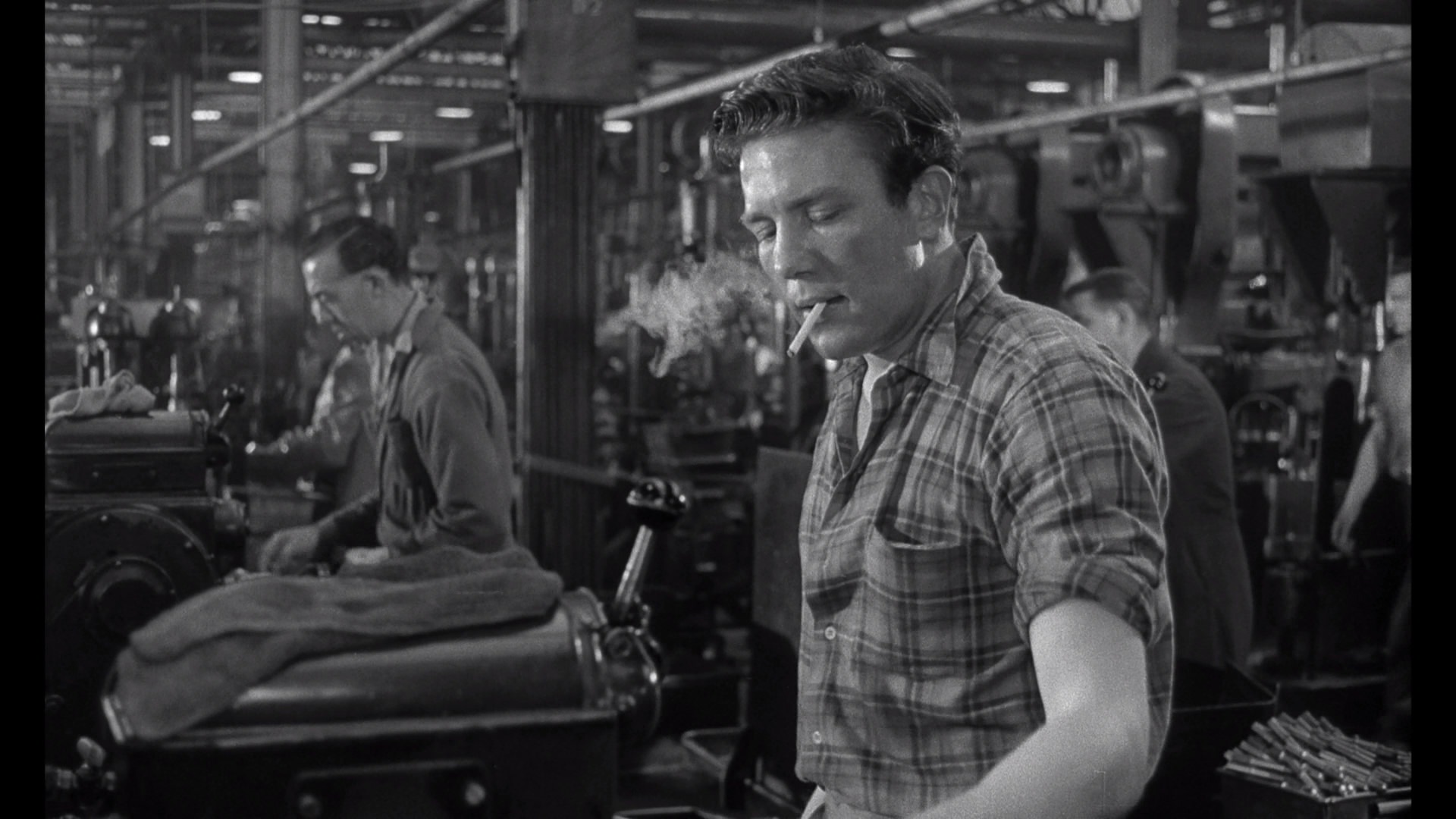


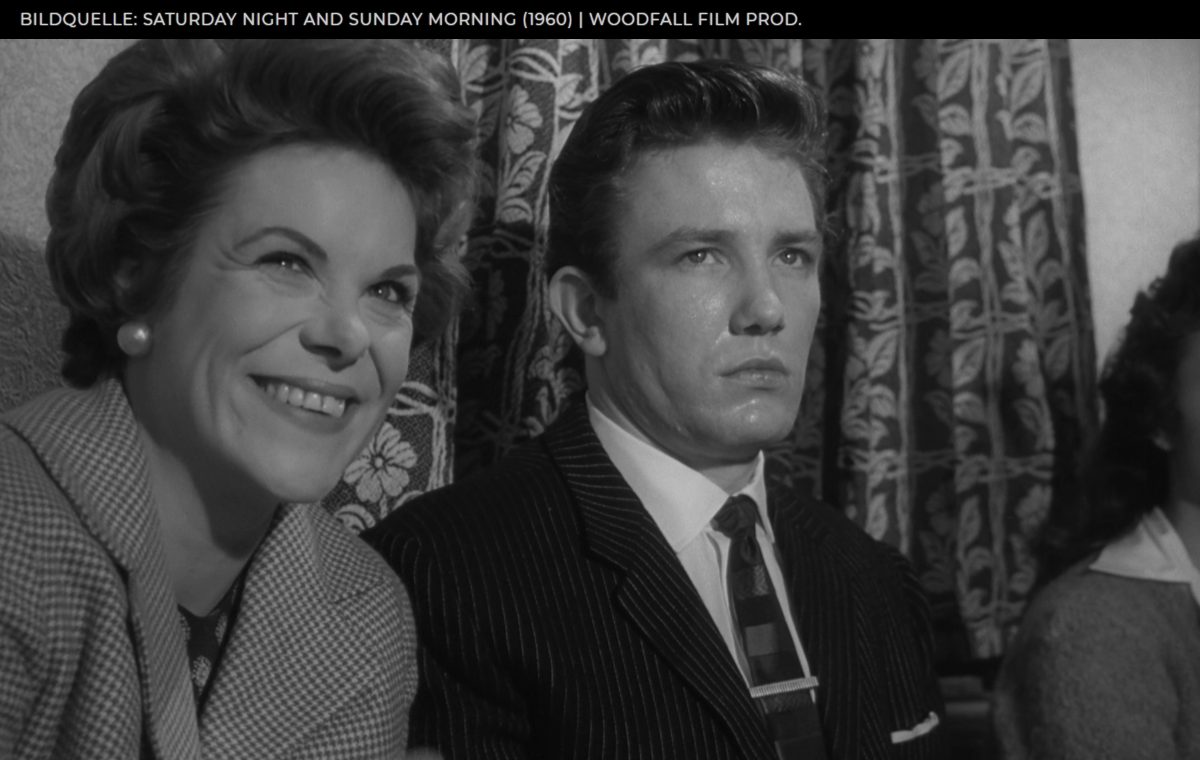









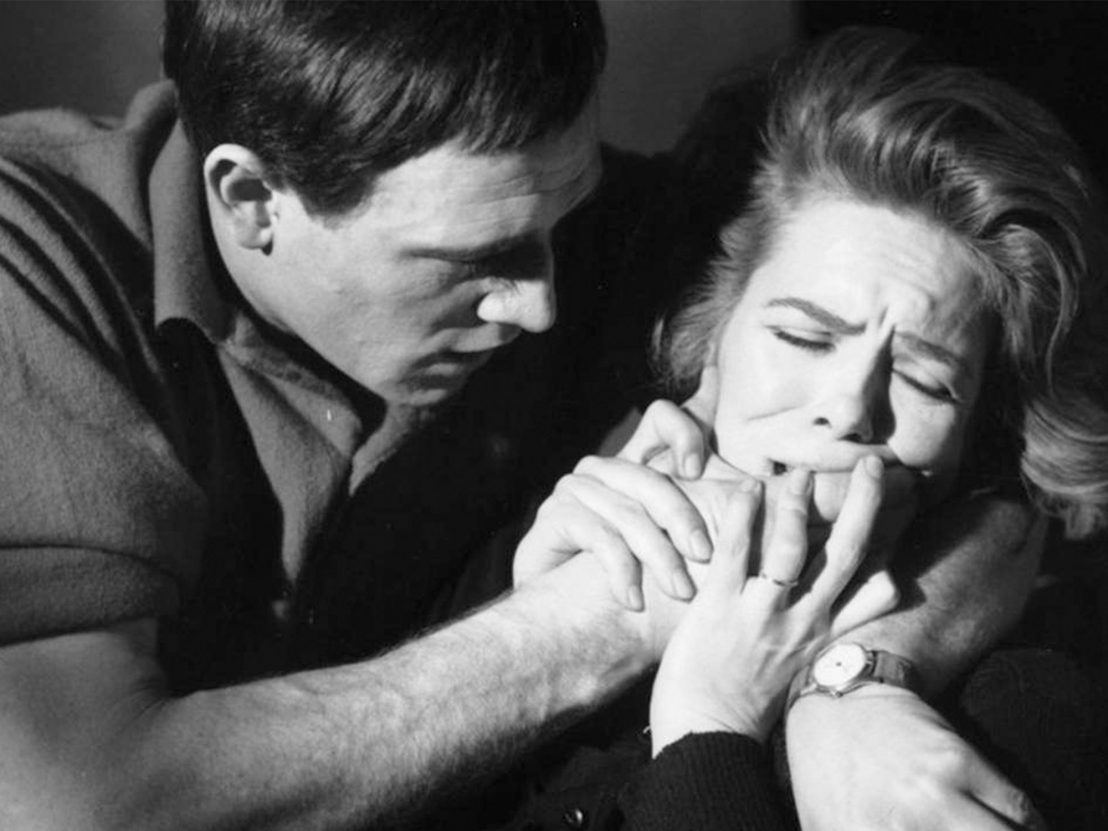


















.jpg/1200px-Alfie_Boe_sings_during_a_Memorial_Day_concert_on_the_west_lawn_of_the_U.S._Capitol_in_Washington%2C_D.C.%2C_May_26%2C_2013_130526-A-AO884-189_(cropped).jpg)





















